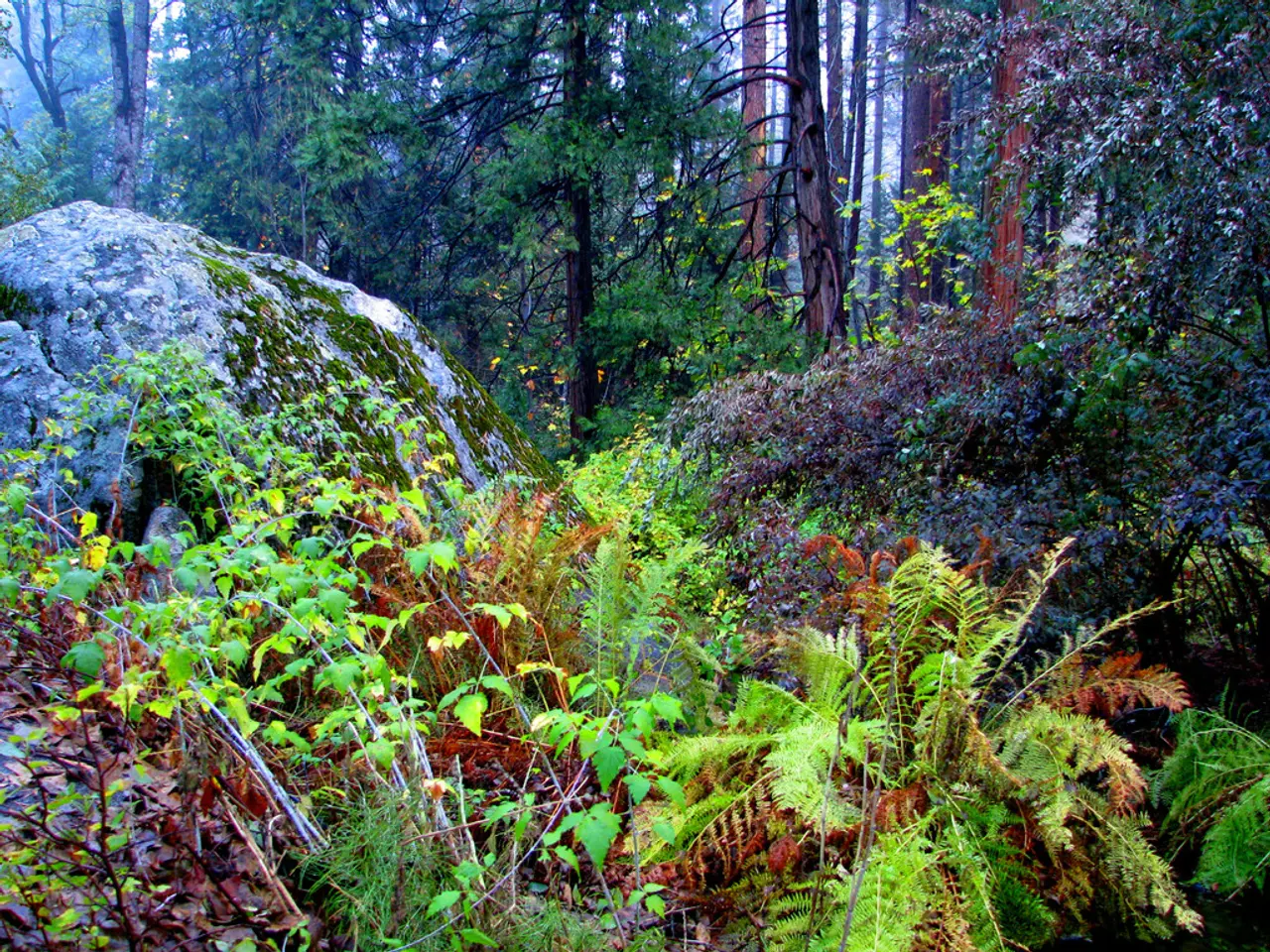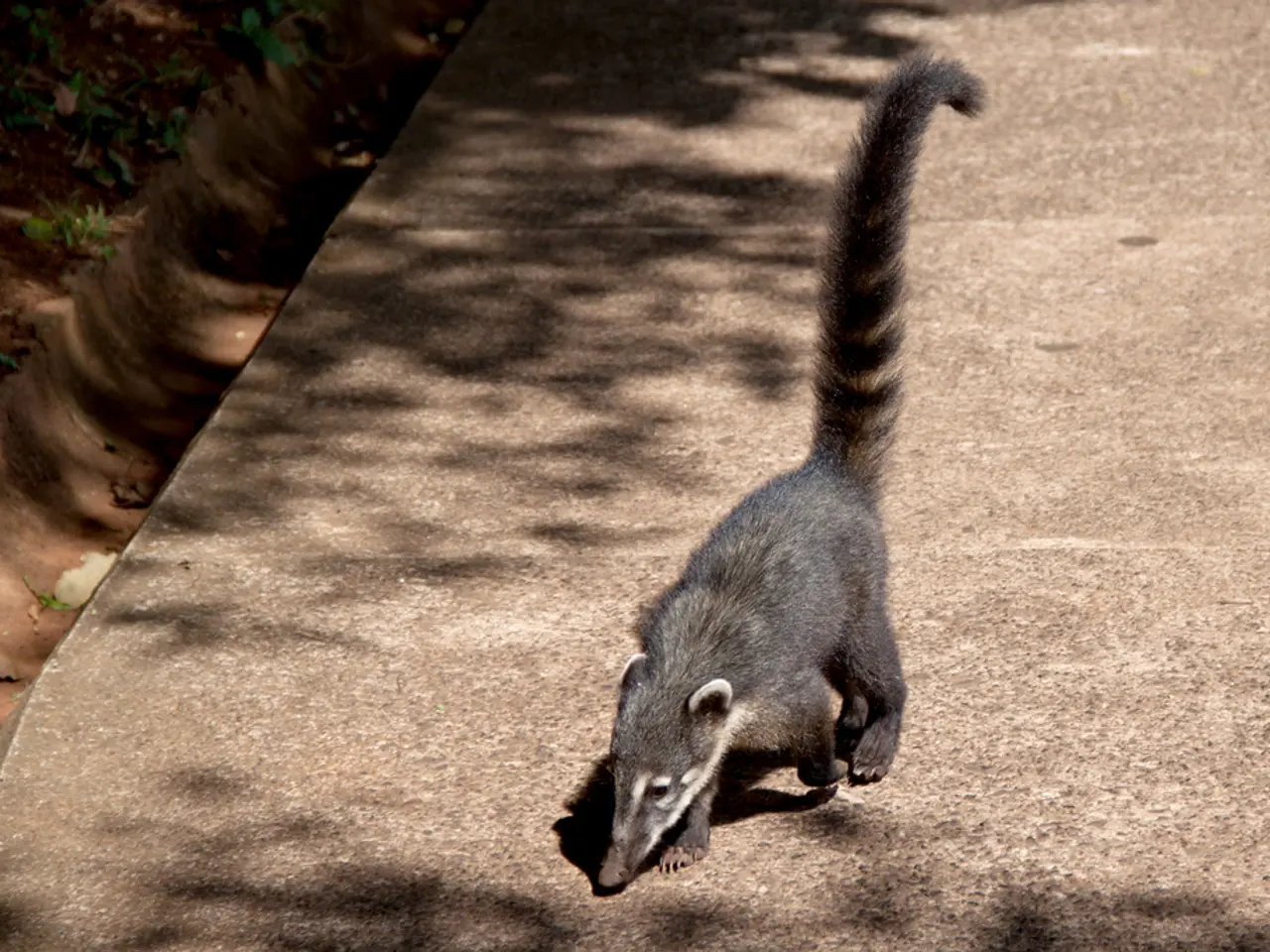Limited Entry Zone Established Near Volcanic Eruption Site
The ongoing eruption at the Litli-Hrútur volcano on Iceland's Reykjanes Peninsula is causing concern due to the significant toxic gas emissions it is producing. The Icelandic Meteorological Office is currently assessing the concentration of these gases, aiming to understand the nature and extent of the gas emissions from the eruption.
The gas cloud, primarily made up of sulfur dioxide, poses a danger to those who inhale it, as it is odourless and can cause harm without warning. The level of toxic gases emitted from this eruption is higher than those observed in previous eruptions, making prolonged exposure particularly dangerous. As a result, authorities strongly advise against bringing children or animals near the affected area.
The eruption site has been cordoned off by the National Police, and the Civil Protection and Emergency Management Department had earlier advised the public to stay away from the area due to the risk of toxic gas accumulation and the unpredictable nature of the eruption. Geophysics professor Magnús Tumi Guðmundson, who is advising the National Police on the eruption, also warned that unprotected tourists should not approach the eruption.
The eruption, which occurred at 4.40pm GMT today, has already caused massive destruction, particularly in the nearby town of Grindavík. Roads and buildings have been severely damaged by earthquakes related to the volcanic activity, and half the town lost power. Land subsidence along with a rising lake threatens homes, prompting a full evacuation due to safety concerns.
The eruption is significantly larger than previous ones in the area and is emitting at least three times more lava than the 2021 eruption. The ongoing assessment by the Icelandic Meteorological Office is aimed at quantifying and characterizing the dangerous gas emitted from the eruption. However, the findings from this assessment will not be available until tomorrow morning.
Despite the hazards and damage, Iceland's international airport has remained operational with flights unaffected so far. However, drone flights have been prohibited around the eruption site for safety reasons.
The Litli-Hrútur eruption is currently surpassing the scale of recent eruptions in the area, posing unique challenges for authorities and local communities. As the situation continues to evolve, it is crucial for the public to heed the warnings and stay away from the eruption site for their safety.
[1] BBC News. (2022, March 19). Iceland volcano: Eruption causes toxic cloud to reach UK. https://www.bbc.co.uk/news/world-europe-60769186
[2] The Guardian. (2022, March 19). Iceland volcano: Thousands evacuated as eruption causes widespread destruction. https://www.theguardian.com/world/2022/mar/19/iceland-volcano-thousands-evacuated-as-eruption-causes-widespread-destruction
- The ongoing eruption at the Litli-Hrútur volcano is emitting gas primarily made up of sulfur dioxide, which is harmful to inhale due to its odorless nature and potential to cause medical-conditions without warning.
- The Icelandic Meteorological Office is conducting assessments to understand the nature and extent of the gas emissions, contributing to the field of environmental-science and health-and-wellness.
- Authorities have strongly advised against bringing children or animals near the affected area due to the high toxic gas emissions and unpredictable nature of the eruption, highlighting the importance of nature's complex dynamics in science and decision-making.
- The ongoing assessment by the Icelandic Meteorological Office aims to quantify the dangerous gas emitted from the eruption, contributing valuable data to the field of geophysics, which informs our understanding of volcanic activity and potential future eruptions.




